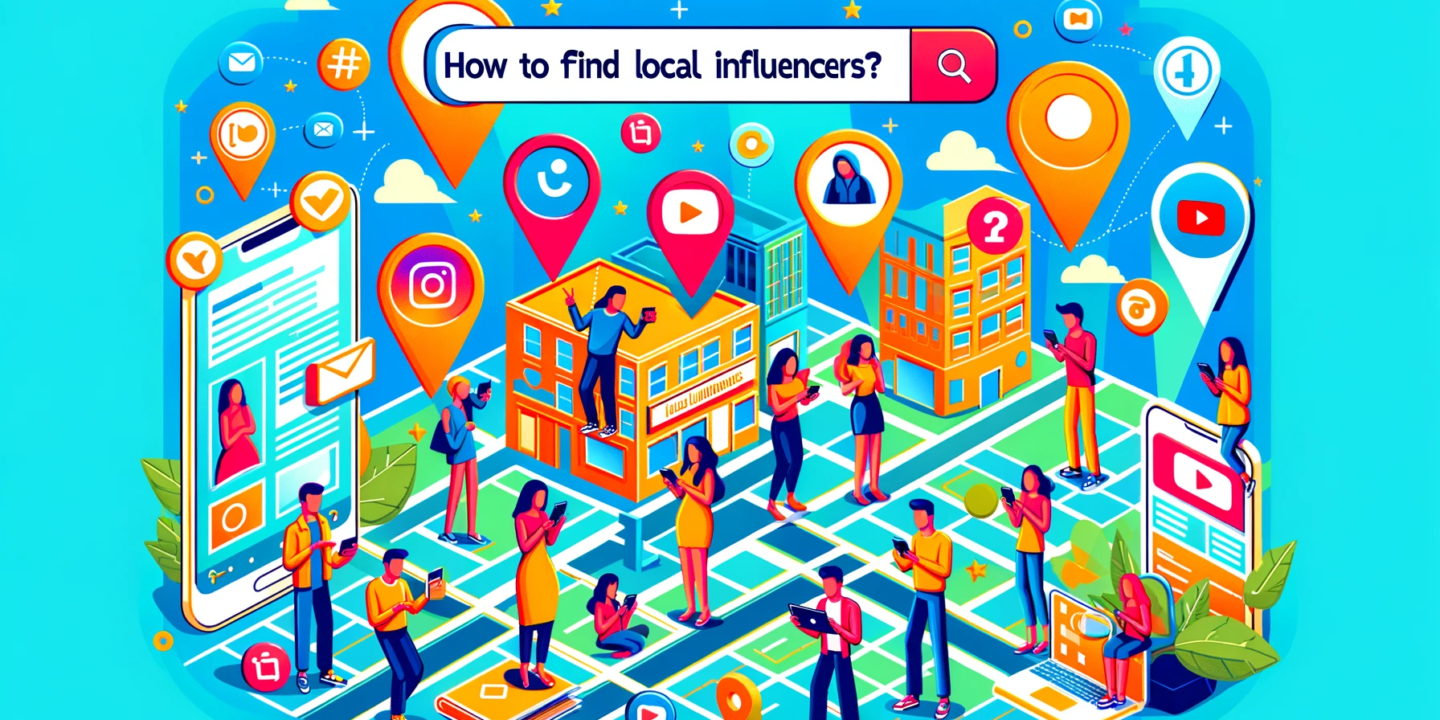
Finding the right local influencers can significantly impact your marketing efforts, particularly if you are targeting a specific geographic area. Local influencers often have a committed and engaged audience in their communities, making them ideal partners for businesses looking to establish brand recognition and drive sales. This blog will explore how to find local influencers effectively, including the tools and strategies you can use.
Understanding Local Influencers
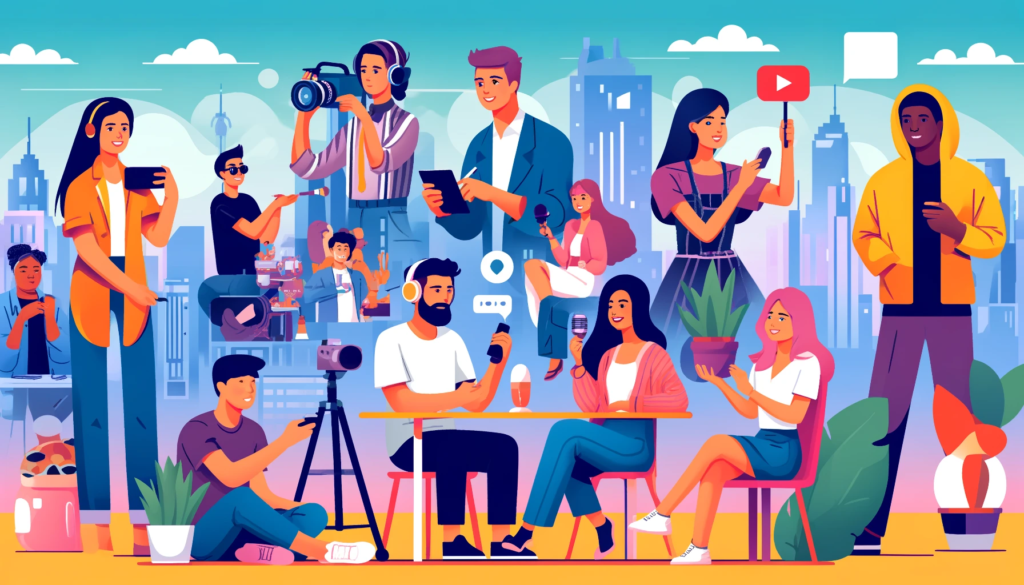
Who Are Local Influencers?
Local influencers are individuals within a specific geographic area who have a substantial following and can influence the perspectives and behaviours of their audience. They could be bloggers, social media personalities, community leaders, or even prominent business figures.
Why Collaborate with Local Influencers?
- Targeted Reach: They help you reach a specific, localized audience.
- Higher Engagement: Local influencers often have higher engagement rates with their followers.
- Community Trust: They are trusted voices within their community, making their endorsements more impactful.
Setting Your Goals and Budget

Define Your Goals
Before beginning your search, define what you want to achieve through influencer marketing. Your goals could include:
- Increasing brand awareness
- Driving foot traffic to a local store
- Boosting sales of a particular product or service
- Building a community around your brand
Determine Your Budget
Your budget will determine the type and number of influencers you can collaborate with. Consider the following:
- Payment Models: Influencers may charge a flat fee, work on a commission basis, or accept free products/services in exchange for promotion.
- Campaign Scope: The complexity and duration of your campaign will also impact costs.
How To Find Local Influencers?
Finding local influencers can be a valuable strategy for businesses and individuals looking to enhance their marketing efforts or community engagement. Here are some effective methods to find local influencers:
- Social Media Platforms
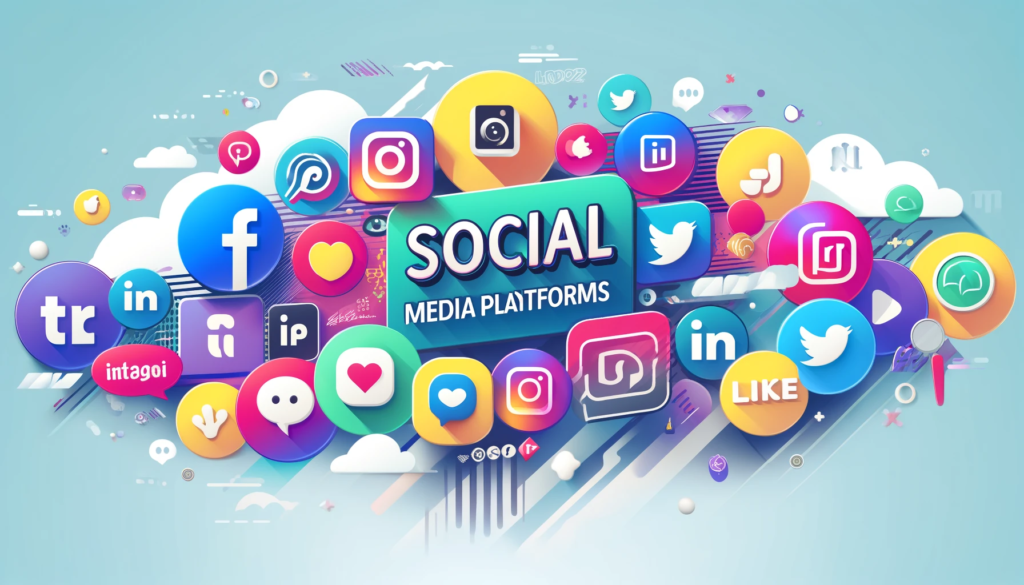
- Instagram: Use location-based hashtags (e.g., #NYCblogger, #LAinfluencer) and explore geotagged posts in your area.
- Twitter: Search for local hashtags and follow local trending topics. Twitter’s advanced search allows you to filter tweets by location.
- TikTok: Explore the “For You” page with location-specific content and use location-based hashtags.
- Facebook: Join local community groups and pages, and look for active members who are popular or have a significant following.
- Influencer Marketing Platforms
- Tools: Use platforms like Upfluence, Influencity, AspireIQ, and Traackr. These tools often have filters to narrow down influencers by location, engagement rate, follower count, and niche.
- Local Focused Platforms: Some platforms focus on local influencers, such as Influence and Neoreach.
- Google Search
- Search Queries: Use search searches like “top influencers in [city/region]” or “[city/region] bloggers/vloggers.” Look for blog posts, articles, and lists that highlight local influencers.
- Google Maps: Search for local citations, businesses and events to find influencers who might be tagged or mentioned.
- Networking Events and Local Meetups
- Industry Events: Attend local industry events, trade shows, and conventions. Influencers often participate in these events.
- Meetups: Use platforms like Meetup.com to find local gatherings where influencers might attend or speak.
- Local Publications and Blogs

- Magazines and Newspapers: Check local magazines, newspapers, and online publications that might feature influential community members.
- Local Blogs: Identify popular local blogs and see who the authors and guest contributors are.
- Engage with Your Community
- Local Businesses and Collaborations: Reach out to local businesses and ask about influencers they might have worked with.
- Customer Base: Your customers can also be influencers. Look for customers with a strong social media presence.
- Use Hashtag and Keyword Tools
- Hashtag Research Tools: Tools like Hashtagify, RiteTag, and Display Purposes can help you find popular local hashtags.
- Keyword Tools: Use tools like Google Trends or Ubersuggest to find trending local keywords and identify influencers using these terms.
- Direct Outreach
- Cold Messaging: Once you identify potential influencers, don’t hesitate to contact via direct message or email. Personalize your approach by mentioning why they’d be a great fit for your brand or project.
- Engage with Influencers’ Content
- Comment and Share: Engage with their posts by commenting and sharing. Building a relationship organically can make your outreach more effective.
- User-Generated Content: Encourage your audience to tag your brand in their posts, which can help you identify micro-influencers within your customer base.
By leveraging these strategies, you can identify and connect with influencers who genuinely impact your local community, leading to more authentic and effective collaborations.
Evaluating Influencers
- Engagement Rates and Follower Quality: An influencer’s follower count is just one of many important metrics to consider. Engagement rates (likes, comments, shares) are more important indicators of their influence. High engagement rates suggest that their followers are authentically engaged in their content and trust their recommendations.
- Content Relevance: Evaluate the type of content the influencer produces and whether it aligns with your brand values and messaging. The influencer’s content should resonate with your target audience and fit naturally with your brand.
- Authenticity and Credibility: Authenticity is crucial in influencer marketing. Look for genuine influencers who have built a credible reputation within their community. Their followers should perceive them as trustworthy and relatable.
- Collaboration History: Check the user reviews of the influencer’s past collaborations with other brands. Check if they have worked with competitors or similar businesses and how those partnerships were received by their audience.
Approaching Influencers

- Personalize Your Outreach: When contacting to influencers, Customize your message to demonstrate thorough research and genuine interest in collaborating with them. Mention the specific content you enjoyed and explain why you think they fit your campaign well.
- Offer Value: Influencers receive numerous collaboration requests, so offering value in your proposal is important. This could include compensation, free products or services, or exclusive event access. Make sure to outline the mutual benefits of the partnership.
- Be Clear and Professional: In your initial outreach, clearly outline your expectations, campaign goals, and deliverables. Being transparent about what you seek helps set the stage for a successful collaboration. Maintain a professional tone and respect the influencer’s time and work.
Collaborating with Influencers
- Content Creation: Collaborate closely with the influencer to ensure the content aligns with your brand. Give them creative freedom, but provide guidelines to maintain brand consistency.
- Transparency and Compliance: Ensure the influencer discloses the partnership per local regulations and platform guidelines. Transparency builds trust with the audience.
- Tracking and Measuring Success: Track influencer marketing of the campaign using metrics like:
- Engagement: Likes, comments, shares, and views.
- Reach: Number of people who saw the content.
- Traffic: Increase in website visits or foot traffic.
- Sales: Impact on sales and revenue.
Building Long-Term Relationships

- Long-Term Collaboration: Propose long-term partnerships instead of one-off deals.
- Consistent Communication: Maintain regular, transparent communication to build trust.
- Engage Authentically: Interact with their content and audience authentically.
- Feedback Loop: Encourage and act on their feedback for continuous improvement.
- Measure and Adapt: Regularly assess the partnership’s impact and adjust strategies as needed.
- Show Appreciation: Show appreciation for the influencer’s efforts by acknowledging their work publicly and privately.
- Celebrate Successes: Acknowledge and celebrate milestones and successes together.
Frequently Asked Questions
Q1. How to find local influencers near me?
Answer. To find a local influencer, utilize social media platforms like Instagram, Facebook, Twitter, and TikTok. Use location-based hashtags, join local groups, and engage with content. Additionally, leverage influencer marketing tools such as BuzzSumo and Upfluence, and consider attending local events to network and discover potential influencers.
Q2. How do I contact local influencers?
Answer. To contact local influencers, use direct messages on social media platforms like Instagram, Twitter, or LinkedIn. Personalize your message, highlighting why you believe they fit your brand well. Alternatively, utilize email or influencer marketing platforms for professional communication and collaboration.
Q3. How do I find suitable influencers?
Answer. To find suitable influencers, define your target audience, analyze social media platforms for relevant content and engagement, leverage influencer marketing tools, engage with potential influencers, personalize outreach, and negotiate terms. Measure success through engagement metrics, website traffic, and feedback for long-term partnerships.
Q4. How do I find mini influencers?
Answer. Finding mini influencers involves searching social media platforms for individuals with smaller yet engaged followings. Look for users who regularly post niche content related to your industry or interests. Engage with their content, assess their authenticity, and consider reaching out for potential collaborations.
Q5. How to find local Instagram influencers?
Answer. To find local Instagram influencers, use location-based hashtags, explore local events, engage with community-focused accounts, and leverage influencer marketing platforms like BuzzSumo. Analyze engagement rates and audience demographics to ensure alignment with your target market. Personalized outreach and relationship-building are key to successful partnerships.
Conclusion
Finding the right local influencers requires a strategic approach and thorough research. By understanding your goals, utilizing social media platforms and influencer marketing tools, evaluating potential partners, and fostering strong relationships, you can leverage local influencers to boost your brand’s presence and achieve your marketing objectives. Authenticity, engagement, and mutual respect are key to successful influencer collaborations.


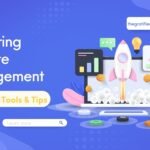

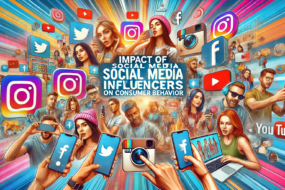

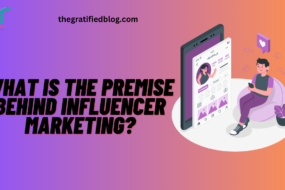

No Comments